Office-to-Residential Conversions: Mandates, Myths, and Possibilities

Hybrid work continues to evolve across North America. With vacancy rates skyrocketing since the pandemic began, an “urban doom loop” is endangering the vitality and economic drivers of our central business districts.
In this episode of the Gensler Design Exchange podcast, Steven Paynter and Duanne Render of Gensler are joined by Kate Collignon of HR&A and Egon Terplan from UC Berkeley’s College of Environmental Design. They weigh the opportunities and challenges of one proposed solution: converting the stockpile of empty offices into desperately needed housing.
Through insightful case studies and data-driven analysis, listeners gain key insights into making office-to-residential conversions a reality — or discovering alternate pathways to rescue our downtowns from becoming ghost towns.
Top 5 Takeaways
- The office vacancy problem is growing — As leases expire and interest rates increase, building owners and developers are scrambling to find solutions.
- Not every vacant office building can be converted into housing — Unavoidable structural difficulties and the need for financial feasibility make conversions viable in only a handful of scenarios. We take a look at the efforts in San Francisco, as an example.
- Fast and clear public-private policies are critical — Public and private partnerships working fast, with support, and with clear and simple policies and procedures, is critical to making office-to-residential conversions work.
- Mixed-use downtowns are key — Simply adding housing may not attract people or strengthen long-term office demand. A diversity of destinations and activities is key to vibrancy.
- Office-to-residential conversions are not a silver bullet — It takes many strategies, from innovative tools, quick action, transparent policies, and out-of-the-box solutions to change and create places we want to be.
The downtown and office rental landscape continues to evolve in the wake of the pandemic, and some of the information mentioned in this episode references analysis conducted at the beginning of 2023, which reflects general trends in 2023 but might not match exact statistics from market analyses conducted later in the year.
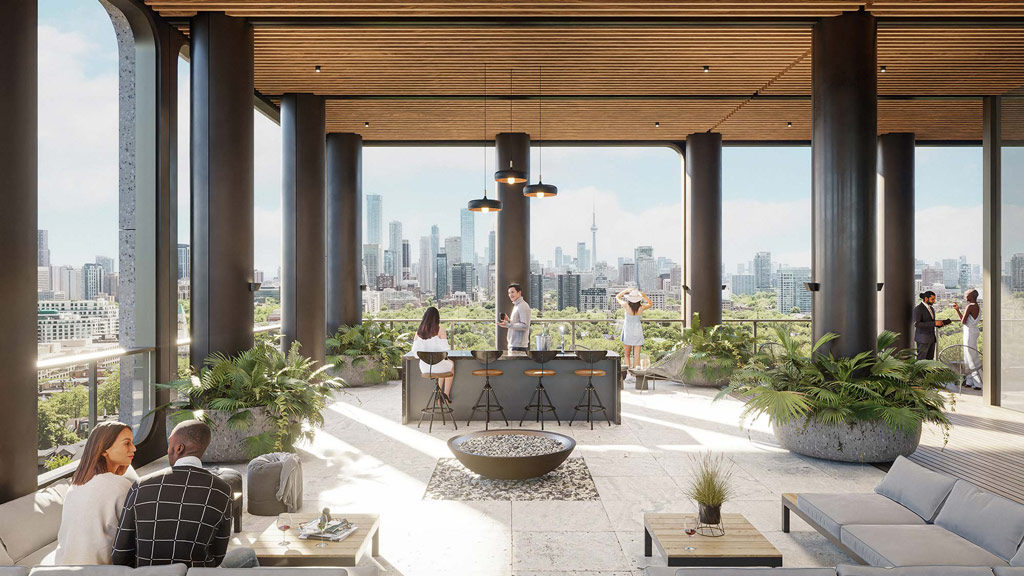
What We’ve Learned by Assessing More Than 1,300 Potential Office-to-Residential Conversions
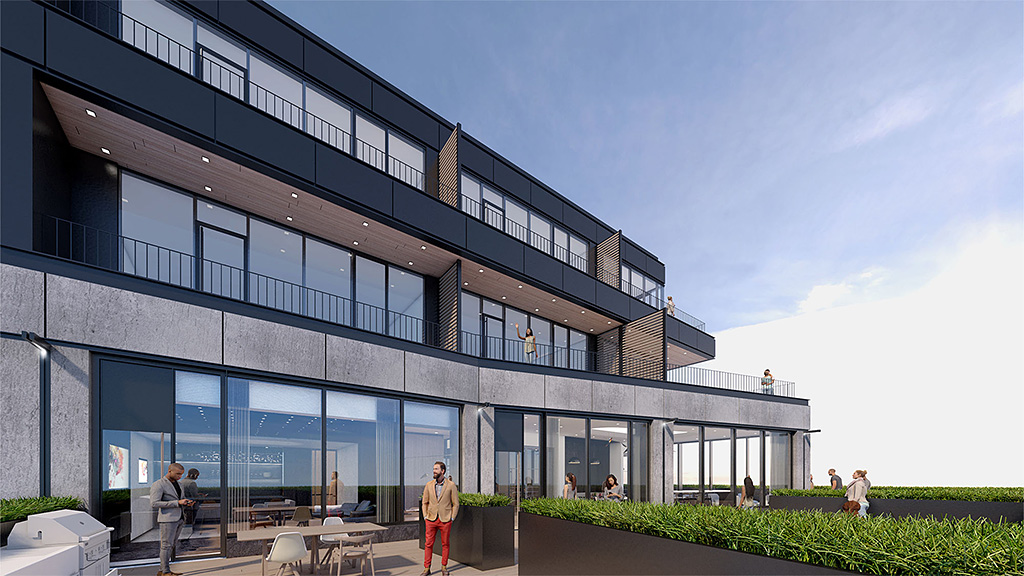
There’s Growing Demand for Office Conversions as Cities Seek to Address Multiple Crises and Create Housing

How U.S. Cities Are Converting Underperforming Office Buildings To Address Housing Shortages

From Pilots to Policy: Exploring Office-to-Residential Conversions in Boston

An Opportunity to Unlock Value for Underutilized Assets: Office Conversions for Senior Living
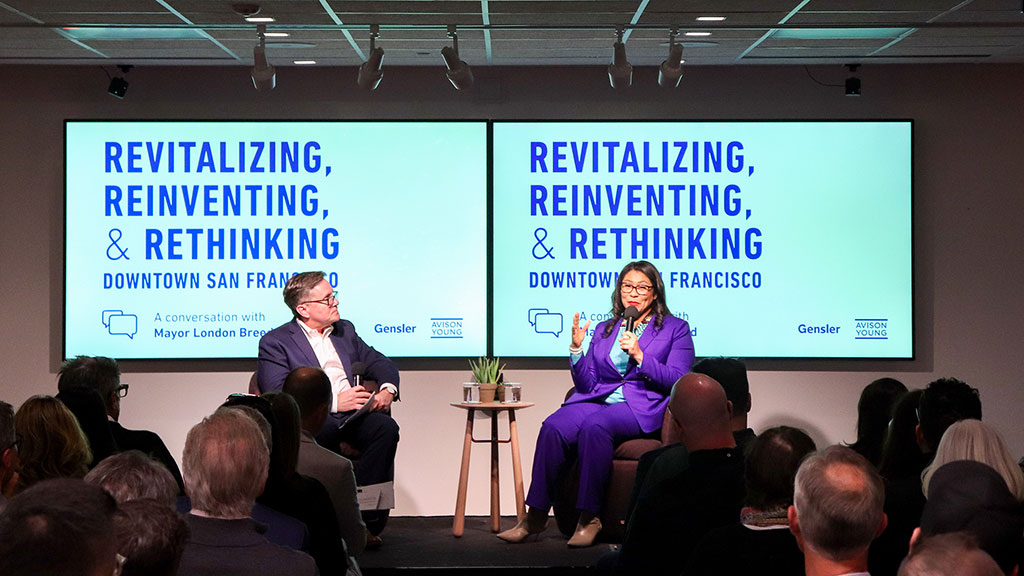
Revitalizing, Reinventing & Rethinking Downtown San Francisco: A Conversation With Mayor London Breed
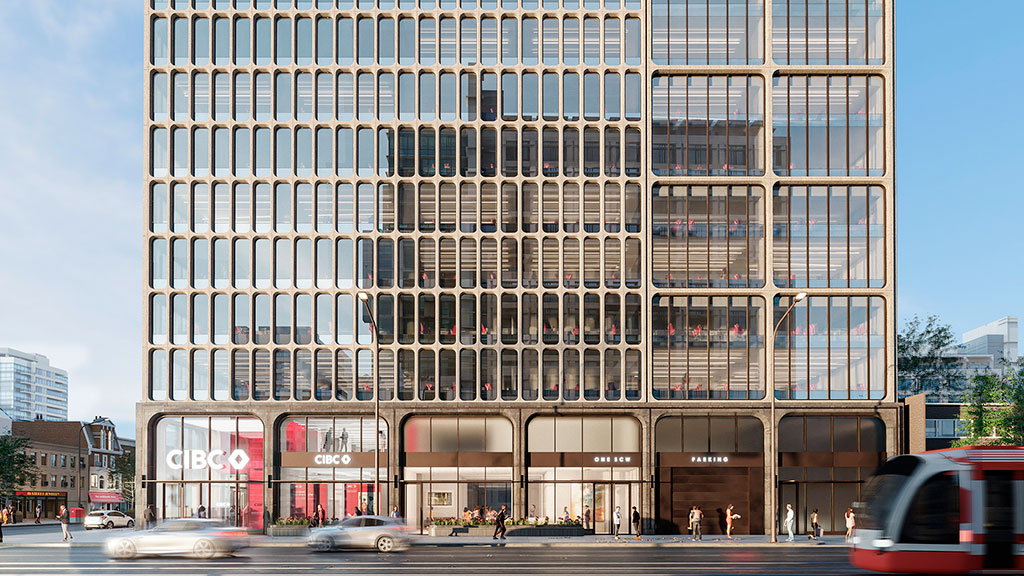
How Office-to-Residential Conversions Could Revitalize Downtown San Francisco
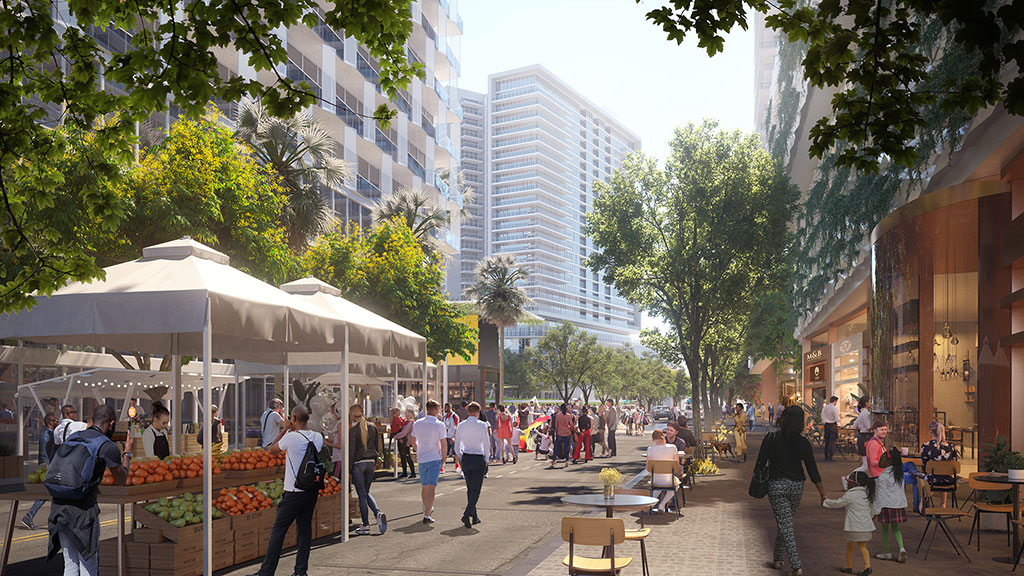
From Vacancy to Vibrancy: Reimagining the Future of Downtown San Francisco

Unlocking Hidden Value: How Cities and Developers Are Partnering to Turn Vacant Offices into Residential





